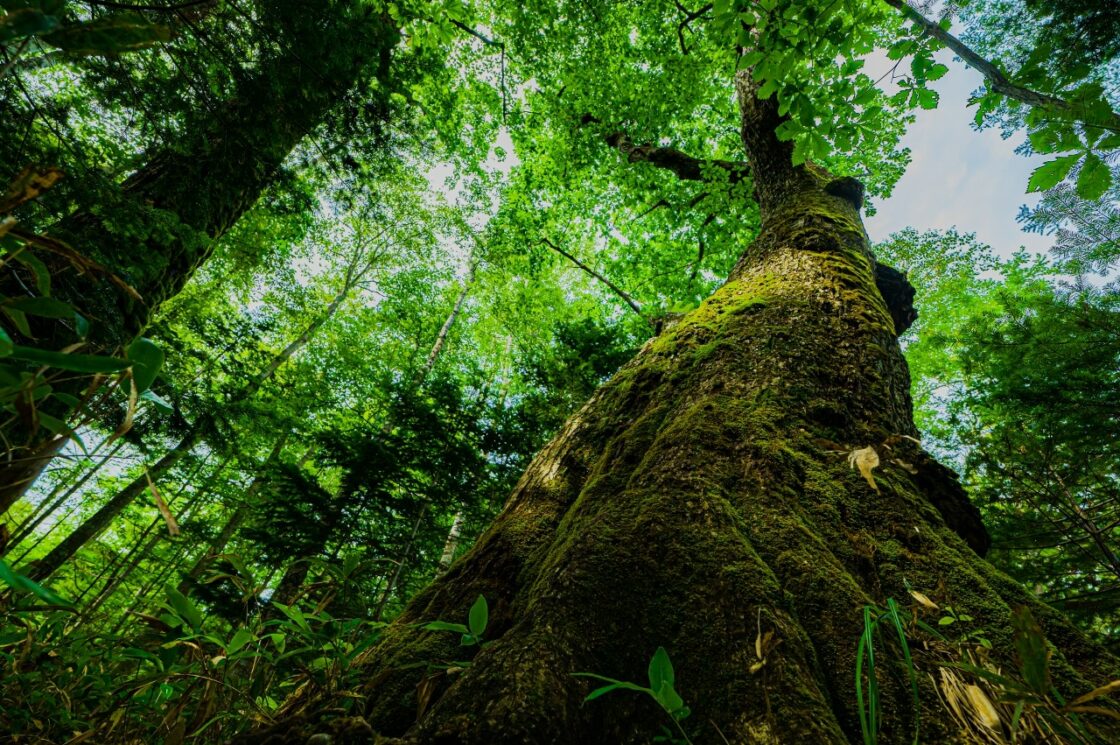Japanese oak wilt is a type pathogenic disease caused by a fungus transmitted via beetles burrowing into oak trees and laying eggs. Today we look at the disease in recent years, what it means for Japan’s forests, and how it might one day impact whisky drinkers.
Mizunara casks are becoming increasingly common in whisk(e)y. Borne of necessity as Suntory and Nikka could not import casks from the US or Europe in wartime, today you’ll find distilleries worldwide giving the wood their attention. Despite the cost, the difficulty of working with the wood, and the lengthy maturations required, marketing wins, and demand continues to grow.
Coopers like Ariake Sangyo can only meet that demand with a healthy, sustainable population of trees. Let’s take a walk through a Japanese forest.
The fungus Raffaelea quercivora, discovered in 2002, causes Japanese oak wilt. Of particular interest is the vector. Oak ambrosia beetles carrying the fungi burrow tiny holes into the tree to mate, lay eggs, and grow larvae, feeding on the multiplying fungus spores. They’re not alone: pheromones attract even more beetles, bringing more fungi via new burrows. The tree’s defense mechanisms kick in as the fungi spread deeper into the trunk. Eventually, its xylem and phloem clog up. The tree withers and dies from lack of water. Now mature, the adult beetles emerge the next year, looking for a new tree.
Japan’s forest ministry reported 19.2 hectares of oak wilt nationwide in their 2020 survey. Wilt was reported in 42 of the country’s 47 prefectures, with some prefectures showing triple-digit increases vs. 2019 in the impacted areas. Overall, oak wilt has been found increasingly in Japan’s northern prefectures.
For comparison’s sake, 20 hectares is about the size of Grand Central Station or half the size of Vatican City. While 19.2 hectares is lower than the 2010 peak of 32.5 hectares, the upward trend over the past couple of years is somewhat unsettling.
And whisky? While mizunara trees grow throughout Japan, coopers often source the wood used to make whisky’s beloved mizunara casks from Hokkaido, Japan’s northernmost prefecture. Because of its colder climate, the prefecture’s mizunara trees have a tighter grain, making them ideal for whisky casks.
Of all the kinds of oak in Japan, mizunara is also the most susceptible to oak wilt. While Hokkaido has no shortage of trees — it has a quarter of the entire country’s forestland — oak wilt generally hits older, thicker mizunara trees. The same kind we want for making casks.
Oak wilt has not been discovered in Hokkaido… yet. However, a 2020 study trapped five oak ambrosia beetles in the southern part of the prefecture, proving they’ve already arrived. It’s likely only a matter of time before we start seeing oak wilt in Hokkaido’s mizunara forests.
Hi there! I created and run nomunication.jp. I’ve lived in Tokyo since 2008, and I am a certified Shochu Kikisake-shi/Shochu Sommelier (焼酎唎酒師), Cocktail Professor (カクテル検定1級), and I hold Whisky Kentei Levels 3 and JW (ウイスキー検定3級・JW級). I also sit on the Executive Committees for the Tokyo Whisky & Spirits Competition and Japanese Whisky Day. Click here for more details about me and this site. Kampai!

